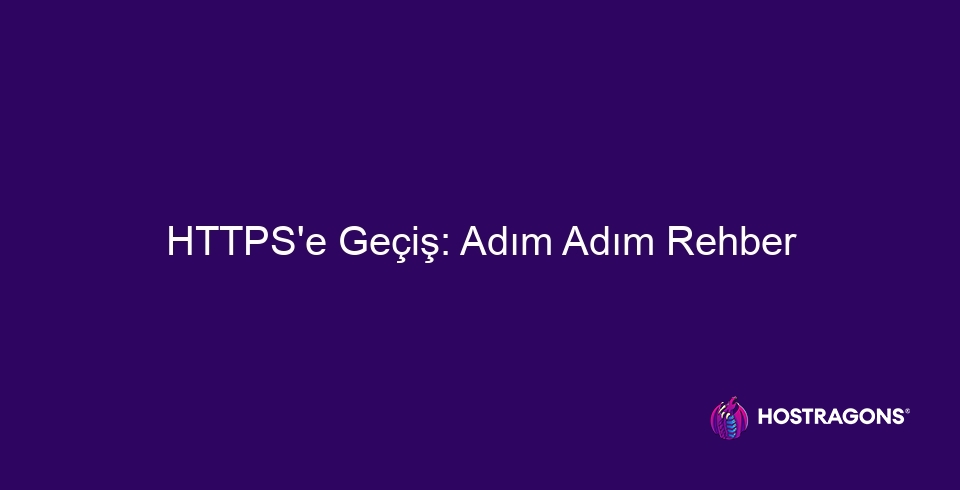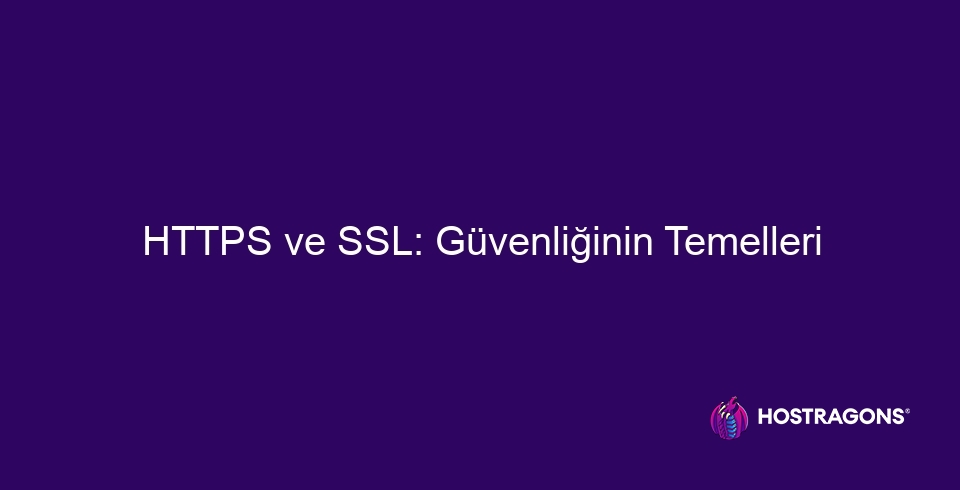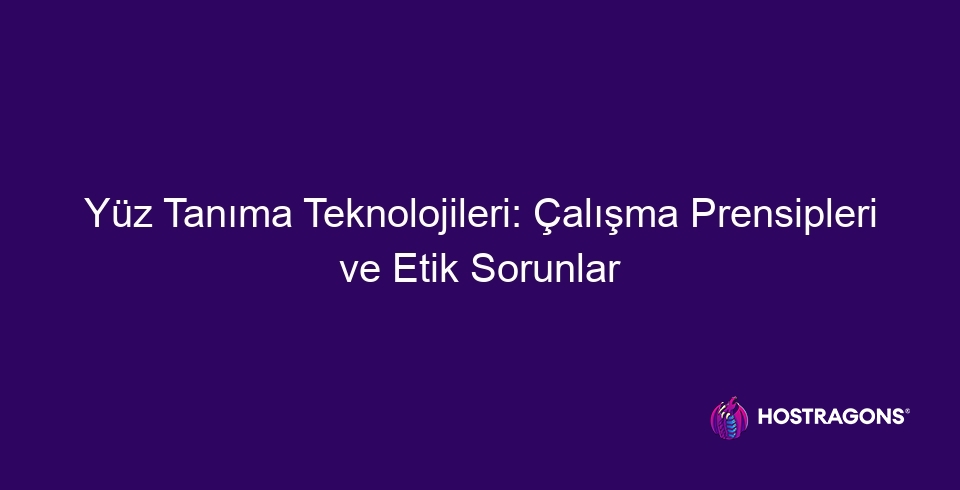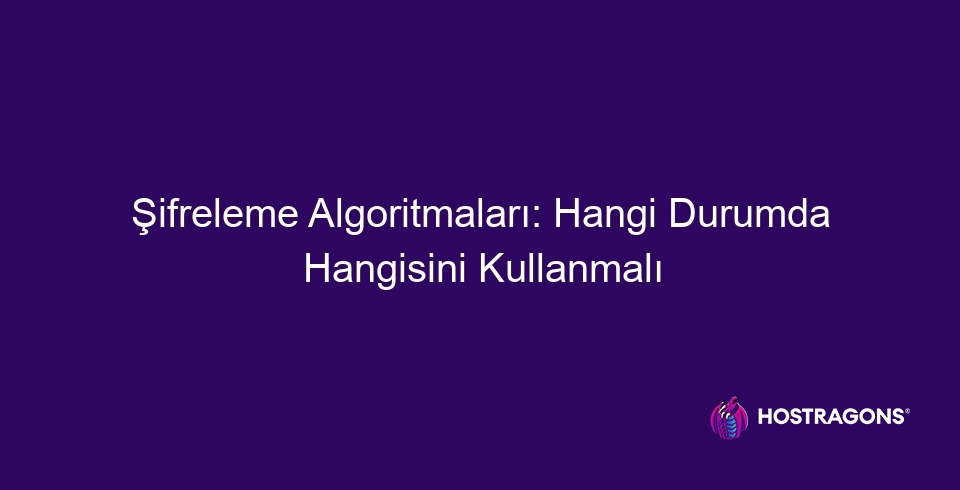Free 1-Year Domain Offer with WordPress GO Service

Magento Security Updates and Patching
Magento e-commerce platform security is vital for businesses. This blog post delves into Magento Security, detailing the potential impact of security vulnerabilities and necessary precautions. It helps you keep your platform secure by providing a step-by-step guide to Magento security updates and patches. It also covers security best practices, how to monitor critical updates, compare security software, and advanced security measures. It addresses common misconceptions and offers practical steps to optimize your Magento security. What is Magento Security and Why Is It Important? Magento Security protects your e-commerce site and customer data from unauthorized access, cyberattacks, and other malicious activity.
Continue reading

10 Effective Ways to Keep Your WordPress Site Secure
Keeping your WordPress site secure is critical to your online presence and reputation. In this blog post, we cover 10 effective ways to protect your WordPress site. We cover everything from the necessity of security plugins and the benefits of using HTTPS to creating strong user accounts and performing regular backups. We also examine key topics such as the importance of updates, firewall usage, continuous security monitoring strategies, and methods for protecting against social engineering attacks. By following these steps to best secure your WordPress site, you can take a proactive approach against potential threats. The Importance of Keeping Your WordPress Site Secure Keeping your WordPress site secure isn't just a technical necessity; it's also a digital...
Continue reading

Migrating to HTTPS: A Step-by-Step Guide
This blog post aims to help you secure your website by taking a step-by-step look at the HTTPS migration process. The "HTTPS Migration: Why and How?" section explains the importance of this transition, detailing the key steps, considerations, and potential benefits and drawbacks. It also touches on the necessary technologies, their impact on SEO, and common issues. A comprehensive guide is provided, covering topics such as tracking the migration process, providing a post-transition action plan, and exploring the future of HTTPS. Migrating to HTTPS not only improves your website's security but can also positively impact your SEO performance. This guide will help you overcome any challenges you may encounter during the migration and achieve success. Migrating to HTTPS: Why and How?...
Continue reading

Single Sign-On (SSO) Implementation and Security
This blog post delves into the concept of Single Sign-On (SSO), detailing what it is, its fundamental purposes, and the steps involved in implementing it. It also discusses the requirements, potential benefits, and drawbacks of implementing SSO. The post focuses on SSO security and scalability, highlighting key considerations. Finally, it offers practical advice and tips for a successful Single Sign-On implementation so readers can make informed decisions about integrating SSO into their own systems. What is Single Sign-On? The Basics and Purposes Single Sign-On (SSO) allows users to access multiple independent applications or websites using a single set of credentials (e.g., username and password).
Continue reading

Two-Factor Authentication (2FA): Why You Should Use It for Every Account
With the rise of cyber threats today, account security has become more important than ever. This is where two-factor authentication (2FA) plays a critical role in protecting your accounts. So, what is two-factor authentication, and why should you use it for every account? In this blog post, we'll explore what two-factor authentication is, how it works, its pros and cons, popular methods, and future trends. We'll also cover what to consider when using 2FA and which apps you might prefer. Read on to start using this crucial security layer to secure your accounts. What is Two-Factor Authentication? Two-factor authentication...
Continue reading

Web Application Firewalls (WAF): Working Principle and Importance
Web applications are vulnerable to cyberattacks today. Therefore, Web Application Firewalls (WAFs) play a critical role in protecting web applications. This article examines the fundamental role, operating principles, advantages, and disadvantages of WAFs in detail. It also covers considerations for choosing the right WAF, its installation steps, and its impact on performance. It also highlights their role in addressing security vulnerabilities and best practices. It assesses the future of WAFs and presents an action plan for ensuring web application security. This blog post is a comprehensive guide to strengthening your web application security. What is the Key Role of Web Application Firewalls? Web application firewalls (WAFs) provide a bridge between web applications and the internet...
Continue reading

HTTPS and SSL: Security Fundamentals
This blog post comprehensively covers HTTPS and SSL, two cornerstones of internet security. It explains what HTTPS is, why it forms the foundation of a secure internet, and the role of an SSL certificate. It clarifies the differences between HTTPS and SSL and provides technical details about how the HTTPS protocol works. It outlines the requirements for a secure website and highlights the advantages of data transmission over HTTPS. It also details the importance of TLS and the steps needed for a full HTTPS migration. Frequently asked questions about HTTPS address your concerns and outline the benefits of using HTTPS. This guide provides all the information you need to ensure your website's security. What is HTTPS? The Fundamentals of a Secure Internet HTTPS, Hyper Text...
Continue reading

Facial Recognition Technologies: Working Principles and Ethical Issues
This blog post takes an in-depth look at facial recognition technologies. It covers their nature, operating principles, advantages, and disadvantages in detail. It highlights their application areas, challenges, and, in particular, ethical issues. It discusses the necessary measures to protect personal privacy. It highlights leading facial recognition vendors in the market, presenting trends and predictions about the future of the technology. Finally, it provides an assessment of the future and potential impact of facial recognition technologies. What are Facial Recognition Technologies? Basic Information Facial recognition technologies are biometric security methods that verify or identify a person's identity by analyzing their facial features. This technology uses complex algorithms and deep learning techniques to...
Continue reading

Encryption Algorithms: Which One to Use in Which Situation?
As data security becomes increasingly important today, encryption algorithms play a critical role. In this blog post, we examine encryption algorithms in detail, their fundamental concepts, and their importance. We explain the key differences between popular algorithms like AES, RSA, and DES, highlighting key considerations when choosing the right algorithm. We demonstrate which algorithm is best suited for each situation with practical applications and compare their advantages and disadvantages. We also discuss the role of encryption algorithms in protecting against third parties and offer tips on how to implement them for your data security. We conclude with recommendations for the best encryption tools for users and offer ways to get the most out of encryption algorithms. What Are Encryption Algorithms? Basic...
Continue reading

TLS/SSL Configuration and Common Mistakes
This blog post provides a comprehensive guide to TLS/SSL configuration. It explains in detail what TLS/SSL configuration is, its importance, and its purposes, as well as the step-by-step configuration process. It also highlights common TLS/SSL configuration mistakes and explains how to avoid them. It examines the workings of the TLS/SSL protocol, certificate types, and their features, while emphasizing the balance between security and performance. Practical information, such as necessary tools, certificate management, and updates, is presented, along with forward-looking recommendations. What is TLS/SSL Configuration? TLS/SSL configuration is a set of technical adjustments designed to securely encrypt communications between web servers and clients. This configuration protects sensitive data (e.g.,...
Continue reading

